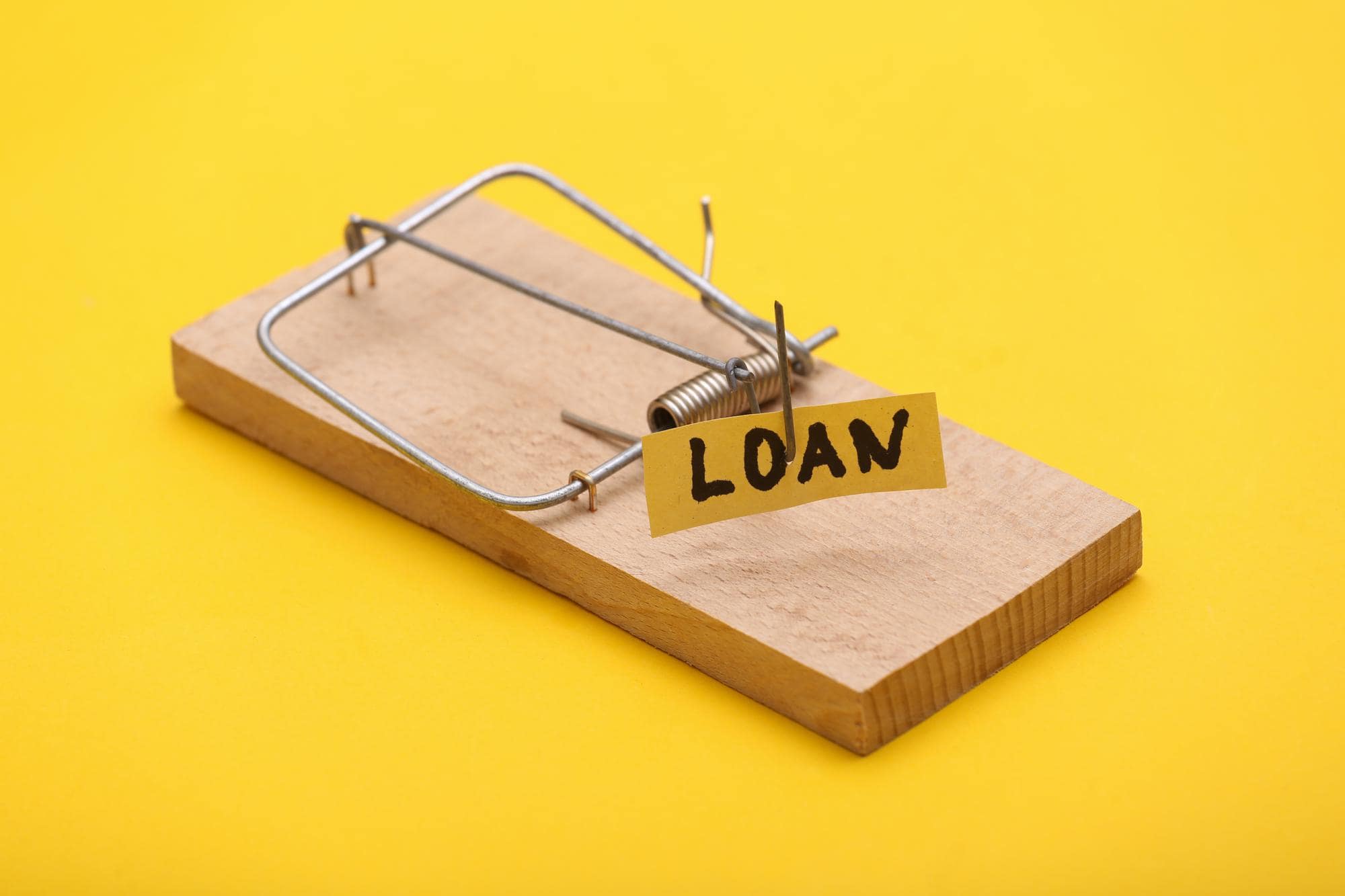What is a Bridge Loan? Innovative Approach
We’ve found your dream home, but there is a catch — you still need to sell your current property. Navigating the delicate balance between buying and selling can be way challenging, but fear not. A bridge loan might be just the solution you are looking for. This short-term financing option empowers homeowners to purchase a brand-new house before selling the current one. Let’s delve into the intricate world of bridge loans, exploring their benefits, drawbacks, and everything in between.
What is a Bridge Loan in Simple Terms
In the realm of real estate, a bridge loan, also known as a swing loan or bridging loan, is a brief financial lifeline for homeowners transitioning between buying a new property and selling their current one. Leveraging the equity from their existing home, these loans provide the necessary funds for a down payment and cover closing costs on the new purchase. Although generally pricier than conventional mortgages, bridge loans offer a swift and convenient way to secure your dream home without waiting for your current one to sell.
To give you an idea, let’s suppose that you obtain a bridge loan amounting to $80 000, your current home value accounts for $110 000, a $60,000 mortgage balance, and $3,000 is left for closing costs. In this case, if your current home is sold, owing to the bridge loan, you now have $ 17,000 for your next bargain.
Bridge Loan Operational Framework
Homeowners always turn to bridge loans when they aim to buy a new home before their existing one sells. The equity from their current property typically covers the new purchase’s down payment and closing costs. Frequently, the lender handling the new mortgage also manages the bridge loan. Lenders usually require the previous home to be listed, offering a bridge loan for a maximum of six months to a year.
Depending on the situation, lenders might assess the debt-to-income ratio, including payments on the current mortgage, the new mortgage, and the interest-only payment on the bridge loan. This evaluation ensures homeowners can manage payments on both properties if the old home doesn’t sell immediately.
Types of Bridge Loans
- Closed bridging loans. A closed loan features a set repayment date typically granted upon contract exchange, with the property sale completion pending.
- An open bridging loan. It doesn’t come with a set repayment date, but generally, it’s anticipated to be settled within one or two years. Regardless of the loan category, lenders demand proof of your repayment plan. This might involve tapping into equity from a property sale or securing a mortgage.They will also seek evidence of the new property you’re acquiring and the intended purchase price, along with confirmation of your efforts to sell your existing property if applicable.Make sure you have a contingency repayment plan in place to mitigate the risk of potential property loss.
Advantages and Disadvantages of Bridge Loans
Advantages:
- Non-contingent Offers
In a competitive market, where sellers receive multiple offers, a non-contingent offer holds significant appeal. Bridge loans empower buyers to make such offers, providing better negotiating power for their new purchase.
- One Move, Not Two
The stress of coordinating two moves — selling the old home and then moving into the new one — can be overwhelming and expensive. Bridge loans eliminate the need for temporary housing, allowing homeowners to move directly from their previous home to their new purchase.
- Deferred Payments
Some lenders don’t require monthly payments during the bridge loan period. This flexibility is beneficial for buyers tight on cash before selling their old home, enabling them to settle the bridge loan using proceeds from the sale.
Disadvantages:
- Cost
While bridge loans offer convenience, they come at a premium. Typically, lenders charge around 2-3% of the bridge loan amount as a fee. Combined with higher interest rates compared to traditional mortgages, the cost can be a significant factor.
- Qualification Challenges
Bridge loans can be difficult to qualify for, with lenders assessing monthly payments and equity in the departing residence. Insufficient monthly income or excessive existing mortgage debt might hinder qualification.
Under What Circumstances Would a Bridge Loan Become Necessary?
Bridge loans are the best fit in various scenarios:
- Lack of funds for a down payment until your current home sells.
- Desire to move only once, avoiding the inconvenience and cost of temporary housing.
- Swift action required in competitive markets to secure a new home.
- Inability to close the sale of your existing home before closing on the new one.
- Seller reluctance to accept a home sale contingency are a best fit in different scenarios:
Requirements for Obtaining a Bridge Loan
Qualification criteria vary, but commonly, you’ll need:
- Qualifying income to cover current and new mortgage payments.
- At least 20% equity in your current home, though some lenders may require up to 50%.
- A favorable credit score, typically above 650.
- Listing proof for your current home (sometimes required).
Bridge Loan Cost
Bridge loans are not inexpensive. Lenders often charge a 2% premium, and interest rates are generally higher than traditional mortgages. As of early 2023, rates ranged from 6.99% to 12%, making them a pricier financing option.
Are there any other options besides bridge loans?
Considering a bridge loan may not align with every homeowner’s unique situation, exploring alternatives is a wise approach. Here are some options to consider:
Home Equity Loan:
- This loan enables homeowners to extract existing equity from their property in a lump sum payment.
- While interest rates may be higher compared to the current rate on the first mortgage, it offers the flexibility to borrow only the needed amount without refinancing the entire mortgage.
Home Equity Line of Credit (HELOC):
- Utilizing existing home equity, a HELOC allows borrowers to withdraw funds at a relatively low-interest rate.
- Unlike a lump sum, a HELOC provides a line of credit for borrowers to access as needed.
Cash-Out Refinance:
- Borrowers can pull cash out of their home while refinancing their existing mortgage.
- Interest rates may be higher than regular refinances but are generally lower than bridge loans.
80-10-10 (Piggyback) Loan:
- This option involves securing a first and second mortgage simultaneously, requiring a 10% down payment.
- Ideal for those unable to make a substantial down payment before selling their current home, it helps avoid the cost of mortgage insurance.
401k Loan:
- Borrowing against a retirement account is an option with both benefits and drawbacks.
- The repayment period is relatively short (up to 5 years), and while monthly payments may be high, borrowers can access funds for a new purchase.
It’s important to note that each alternative has its own considerations and potential implications. Consulting with a financial advisor or mortgage professional can help tailor these options to your specific needs and circumstances.

How to use ChatGPT to create irresistible property presentations that will help you close more deals
by Ivan RiverModern Solutions: Buy Before You Sell
In today’s market, companies like 99Offers provide innovative solutions for homeowners facing the buy-before-sell dilemma. We help homeowners to access equity from their current home, make non-contingent offers, and sell their old home after moving into the new one.
Bridge loans offer a creative and efficient way for homeowners to secure a new property before selling their current one. Leveraging the equity from your current home, a bridge loan streamlines the process, making buying and selling simultaneously more manageable. While this financing option may not suit everyone due to its cost, alternatives and modern solutions provide additional avenues to explore. Consider these options to make your next home purchase a seamless and satisfying experience.
Match for you
Sep 18, 2024
Selling and Buying a Home at the Same Time can be a tricky situation to manage. Coordinating both transactions at the same time is often stressful, especially if you need the proceeds from your current home to fund the next purchase. In a perfect world, you’d be able to sell your current house and move […]
Sep 12, 2024
Selling a home for cash involves a lot of documentation, which you’ll need to gather before you get a cash offer or even ask to have such an offer. One key document is the seller net sheet to Sell Your House Fast, which outlines your total costs and potential profit when you “sell my house […]
Sep 11, 2024
Selling a home is a major decision, likely one of the biggest financial transactions a person will ever make. Most people tend to stay put after making such a commitment. U.S. homeowners typically remain in their homes for a median of 13 years, according to data from Redfin and the National Association of Realtors, a […]
Match for you
How to use ChatGPT to create irresistible property presentations that will help you close more deals




